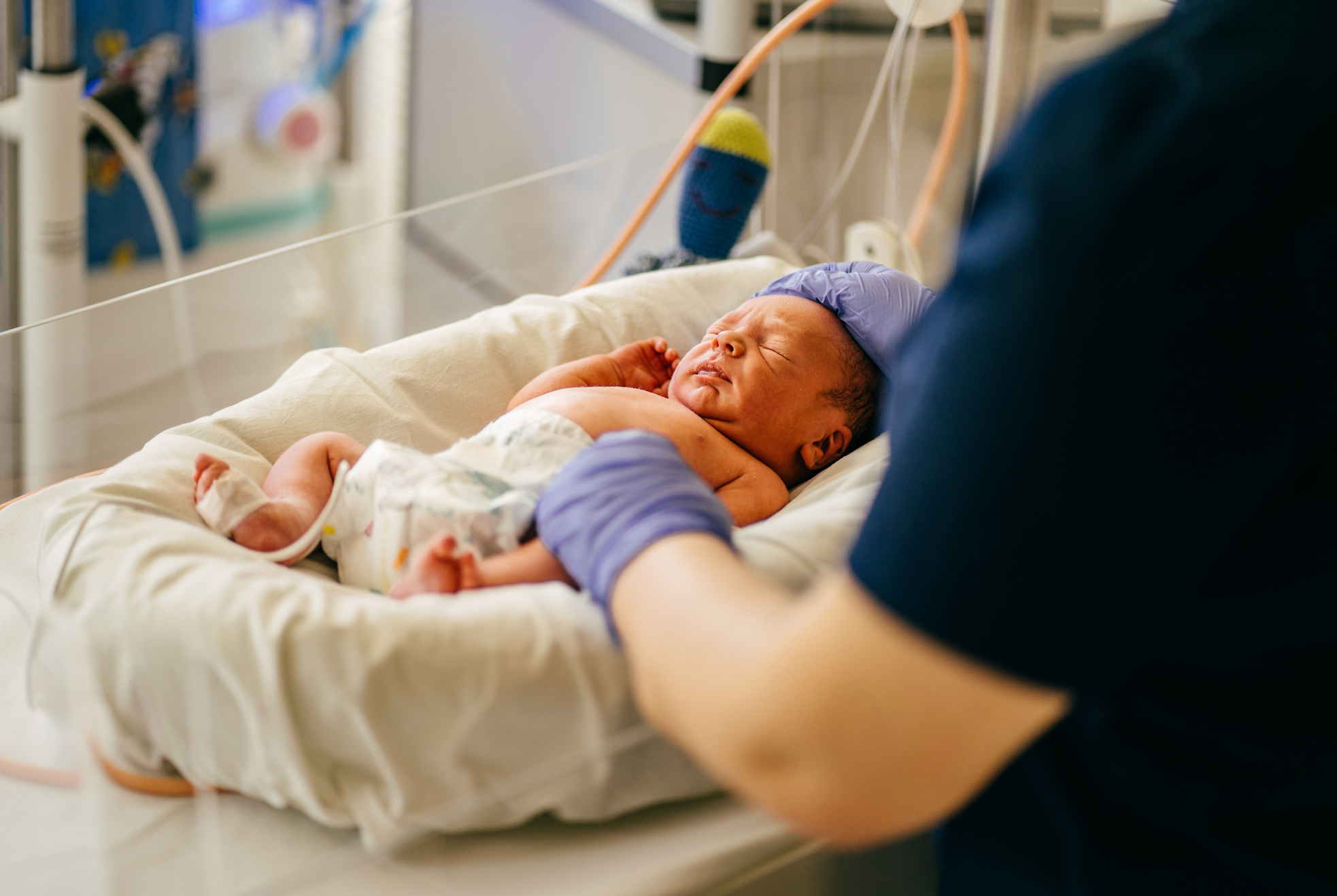The role of crystalline lens power as a primary driver of refractive error in laser-treated ROP
The spherical equivalent was significantly more myopic in the eyes treated with laser in a recent study.
Researchers conducted a study of the effect of the number of applied laser shots on myopic variables in eyes with retinopathy of prematurity after laser treatment. (Image credit ©Iryna / stock.adobe.com)

A study that investigated various parameters associated with myopia compared eyes with retinopathy of prematurity (ROP) that were treated with laser and age-matched control eyes without ROP and found that the spherical equivalent (SE) was significantly more myopic in the eyes treated with laser.
However, only the crystalline lens power (CLP) among the parameters under study was associated with the number of laser shots applied,1 according to Dr Shotaro Asano, the lead study author from the Department of Ophthalmology, The University of Tokyo, Tokyo, and the Department of Ophthalmology, Asahi General Hospital, Asahi, Chiba, Japan.
Dr Asano and his colleagues undertook a study of the effect of the number of applied laser shots on these myopic variables in eyes with ROP after laser treatment (33 eyes of 17 infants). The variables included were the axial length (AL), corneal refraction (CR) and CLP. The findings were compared with the control group (14 eyes of 7 infants).
The authors reported that the SE was significantly more myopic in the ROP group (P < .001), although there was no significant difference between the groups in the AL.
They found that the SE was associated with AL, CR, and CLP in the ROP group. Of those 3 parameters, the CLP and the number of laser shots applied were correlated significantly (P = .003); but no correlations were found between the number of laser shots and the AL or CR (P = .15 and P = .10, respectively). They also reported this same similar tendency in the analysis of the difference between the right and left eyes of each child.
The authors concluded, “The SE value was significantly more myopic in the laser-treated ROP group compared to the control group. In the laser-treated ROP eyes, the SE value was related to the CR, AL, and CLP. The number of laser shots was associated with the CLP, but not with AL and CR, suggesting that the CLP was the primary component of the refractive error in the laser-treated ROP eyes.”
Reference
Asano S, Inoue T, Kure K, et al. Investigating the factors affecting myopia in retinopathy of prematurity after laser treatment. Int J Retin Vitr. 2023; published online April 12; https://doi.org/10.1186/s40942-023-00456-x
